Nearly 50% lack of capital to build metro
Presenting an overview of the metro network planning of Ho Chi Minh City, Mr. Bui Xuan Nguyen said that in Vietnam, urban railways are classified as important national projects. According to the planning approved by the Prime Minister in 2013, Ho Chi Minh City will build 8 radial and ring metro lines connecting the main centers of the city; 1 tram line and 2 monorail lines. The total length is 219.6 km.
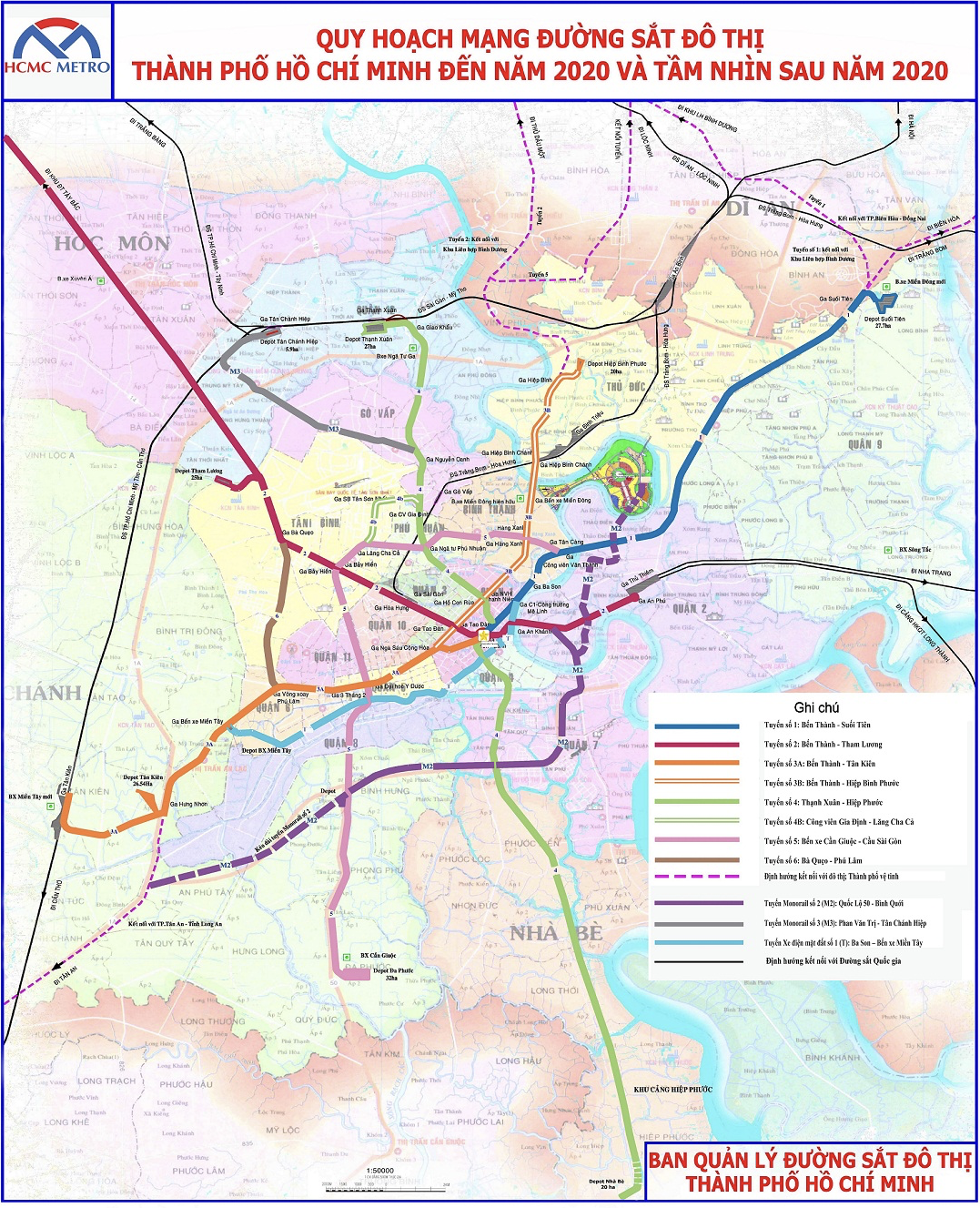
Currently, metro line 1 (Ben Thanh - Suoi Tien) and line 2 - phase 1 (Ben Thanh - Tham Luong) are being implemented, line 5 - phase 1 (Bay Hien intersection - Saigon bridge) has a sponsor registered for capital. To complete the urban railway network according to the above planning, Ho Chi Minh City needs a total capital of 25.894 billion USD. However, the capital source mainly comes from public investment and ODA loans, which are currently limited.
Up to now, according to MAUR statistics, the capital mobilized in the form of investment through the ODA channel for urban railway construction investment projects in Ho Chi Minh City is about 6.544 billion USD, reaching about 23% of the total reserve investment. The total capital mobilized from ODA sources in the period of 2016 - 2020 decreased by 51% compared to the period of 2011 - 2015 and is forecast to continue to decrease in the period of 2021 - 2025. On the other hand, Vietnam "graduated" from using ODA loans with preferential interest rates from the World Bank (IDA fund) in 2017 and the Asian Development Bank (ADF fund) in 2019. Not to mention, bilateral ODA loans always come with binding requirements on the origin of goods as well as the participation rate (even exclusive provision) of consulting and project implementation services.
Meanwhile, the National Assembly determined that the total medium-term capital for the 2021-2025 period is VND2,870 billion. However, actual statistics on the national information system show that the need for infrastructure development in this period is up to VND3,900 billion. In particular, Ho Chi Minh City is the most important economic center not only in the southern region but also in the whole country. The total budget for the city's key infrastructure development investment project is expected to be VND245,000 billion for the 2022-2025 period. Metro infrastructure construction is estimated to require VND103,000 billion, accounting for about 45%, but the annual approved budget for inner-city infrastructure projects is only about VND30,000 billion.
"In general, the budget only meets about 50% of the demand to achieve the goal of building infrastructure in general and Ho Chi Minh City's infrastructure in particular in the 2021-2025 period. In that context, it is very necessary to study investment in urban railway projects under public-private partnership (PPP) contracts," Mr. Bui Xuan Nguyen affirmed.
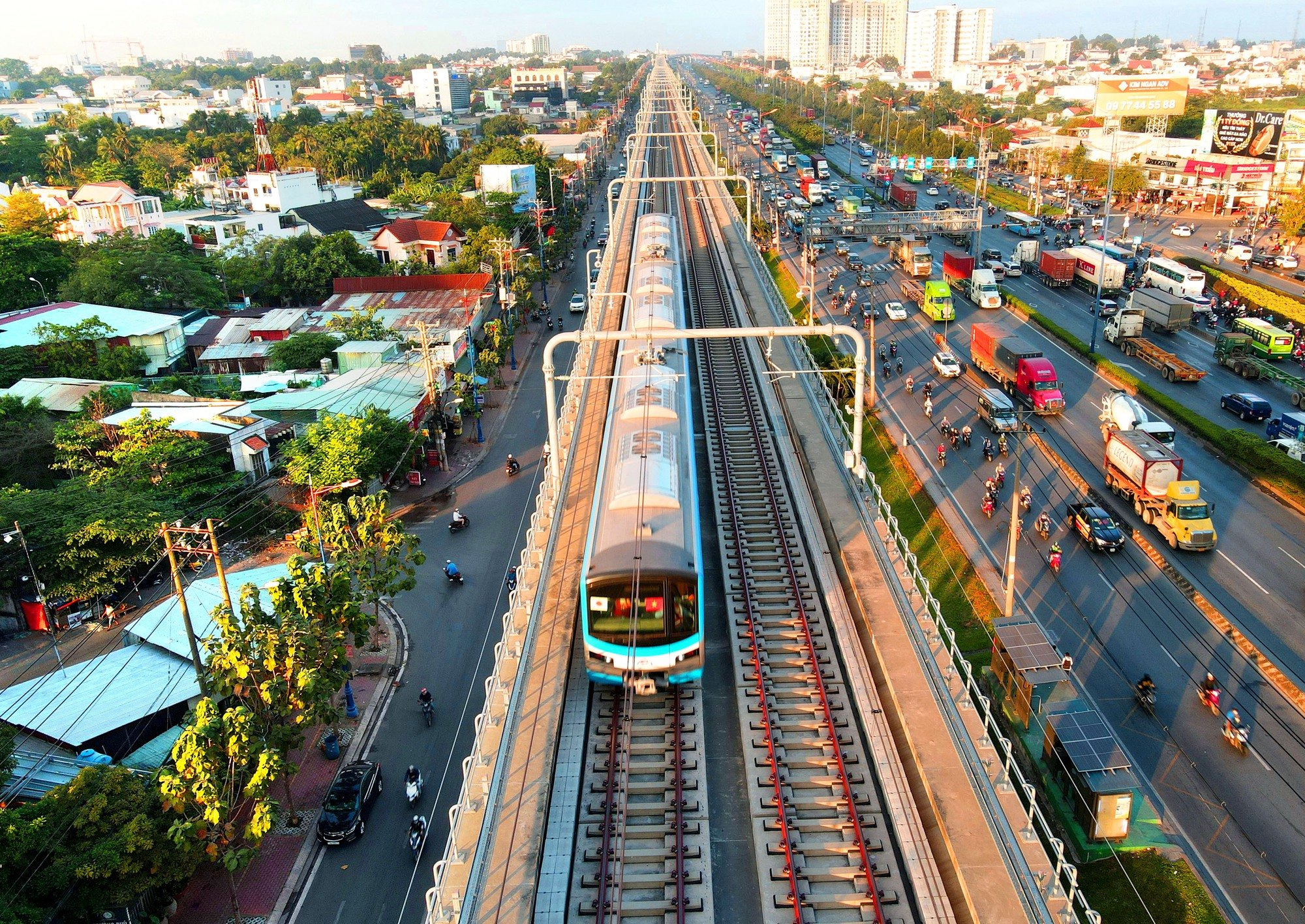
Ho Chi Minh City Metro Line 1 is in full swing and is expected to be put into operation at the end of this year.
The 52-step investment "gate"
Although PPP is identified as an inevitable direction, the guidance on preparing urban railway construction investment projects in the form of cooperation presented by Mr. Bui Xuan Nguyen shows a rather difficult procedural barrier.
Specifically, in case the investor proactively proposes to implement the project, the implementation process consists of 52 steps, divided into 4 phases. In which, phase 1 is to approve the investor to prepare a pre-feasibility study report, which consists of 7 steps; phase 2 - to approve the investment policy, which requires 6 steps; phase 3 - to obtain the project approval from the Government, which will go through 7 steps, and the final phase - selecting the investor, which will have 32 steps.
In case the investor proposes and conducts a pre-feasibility study, then plans a survey and calls for investors to participate, the steps of contacting investors will be shortened to 48 steps. The steps for approving the investment policy, approving the project and selecting investors are the same as in case 1.
Experience the Ben Thanh - Suoi Tien metro train on test run day
Speaking at the workshop, Vice Chairman of the Ho Chi Minh City People's Committee Bui Xuan Cuong said that Ho Chi Minh City has submitted many important contents in the draft Resolution replacing Resolution No. 54 of the National Assembly on piloting specific mechanisms and policies for the development of Ho Chi Minh City, which is awaiting approval at the next National Assembly session. Among them are many recommendations on mechanisms and policies for developing transport infrastructure, piloting the TOD model associated with urban planning in the vicinity of stations on the urban railway line.
Through the workshop, Ho Chi Minh City wants to learn from Japan's implementation experience to better define the methods and approaches of the government, governing bodies, and relevant parties in piloting specific policies and mechanisms to accelerate the progress of the urban railway system in Ho Chi Minh City.
"Japan is a country with extensive experience in the field of urban railway development. Through discussions on the possibility of applying TOD and PPP, Japan's experiences on legal issues in planning, sharing benefits and responsibilities of projects around stations... will be the basis and lessons for the Ho Chi Minh City government to implement in practice" - Mr. Bui Xuan Cuong emphasized.
Source link




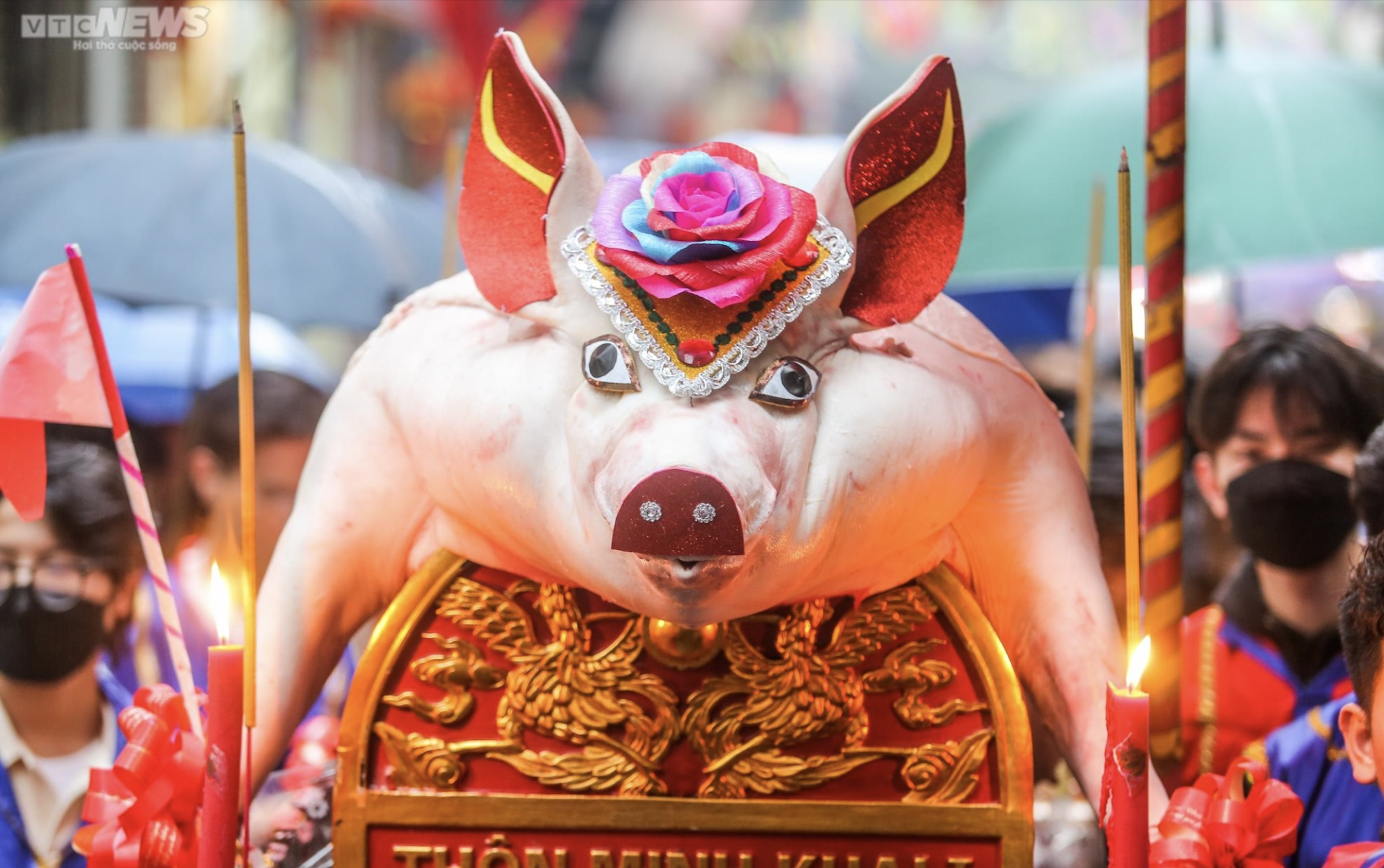



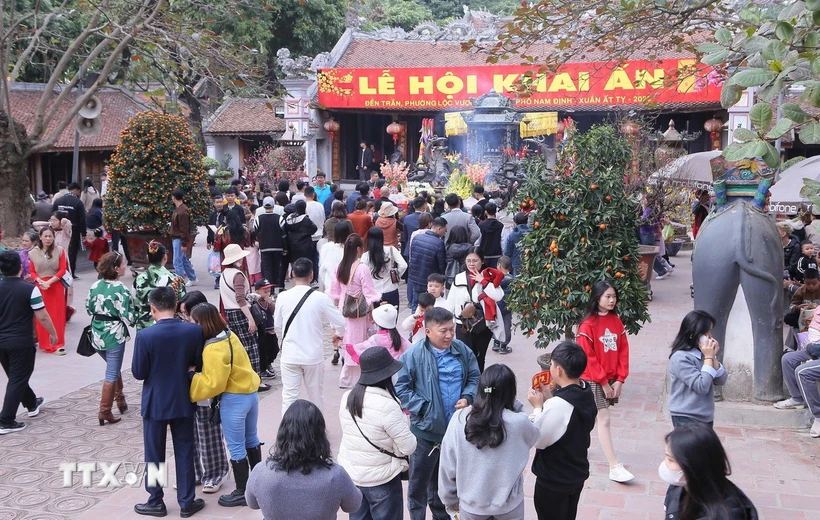
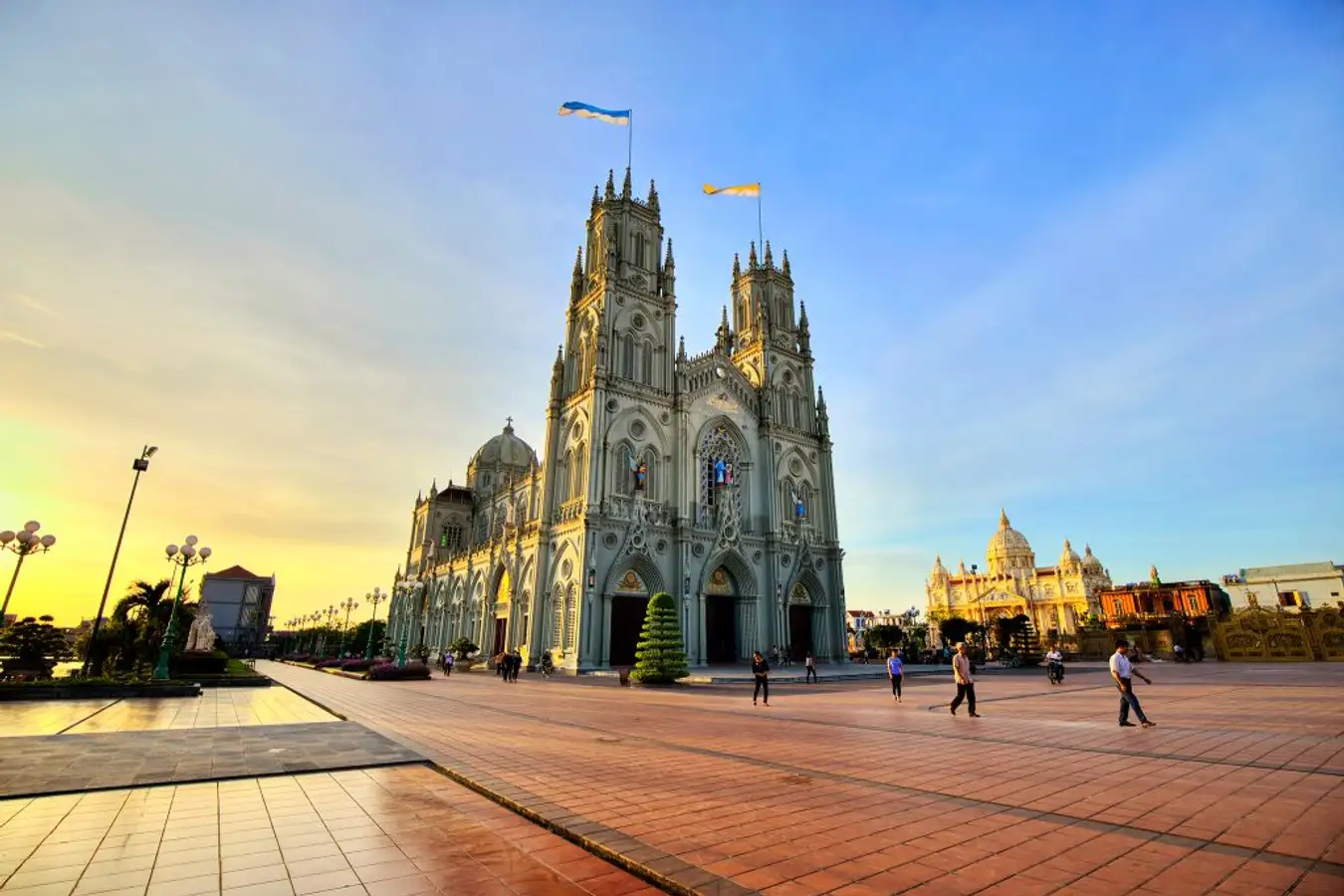























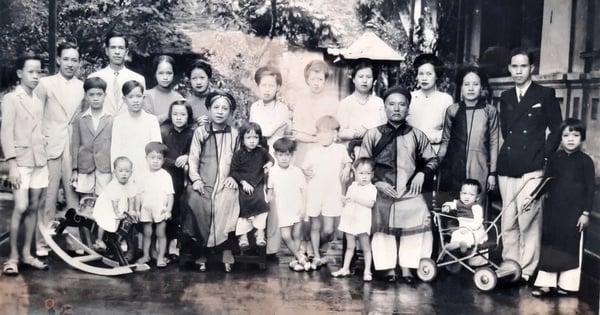





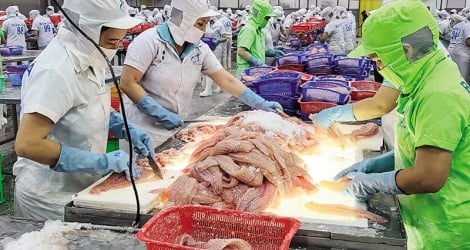
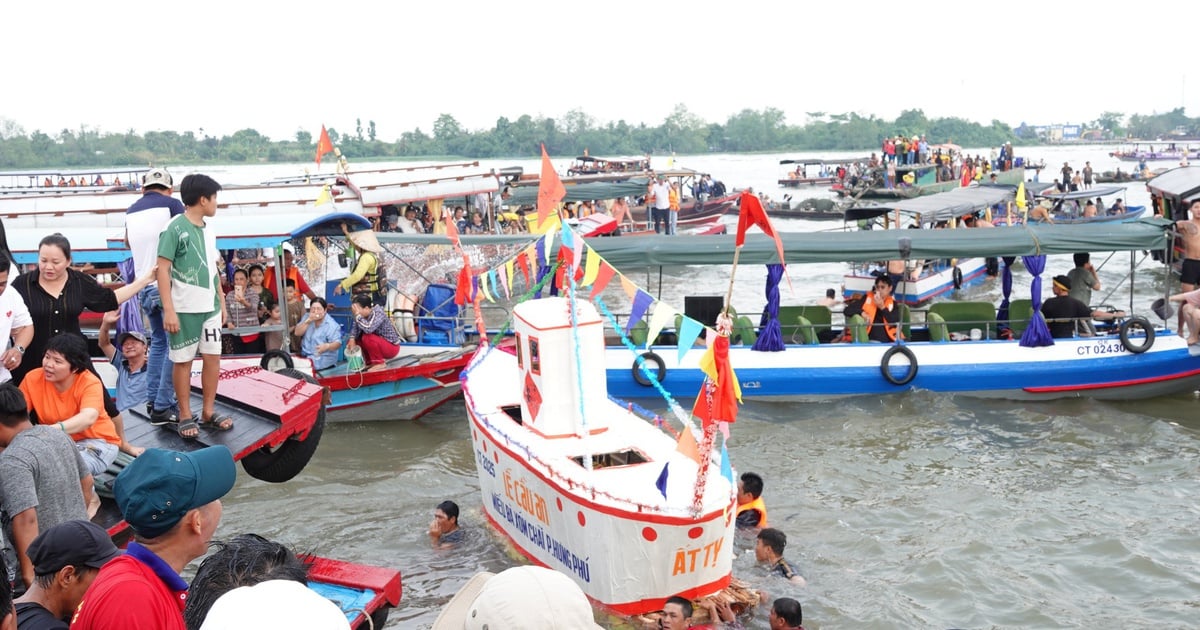
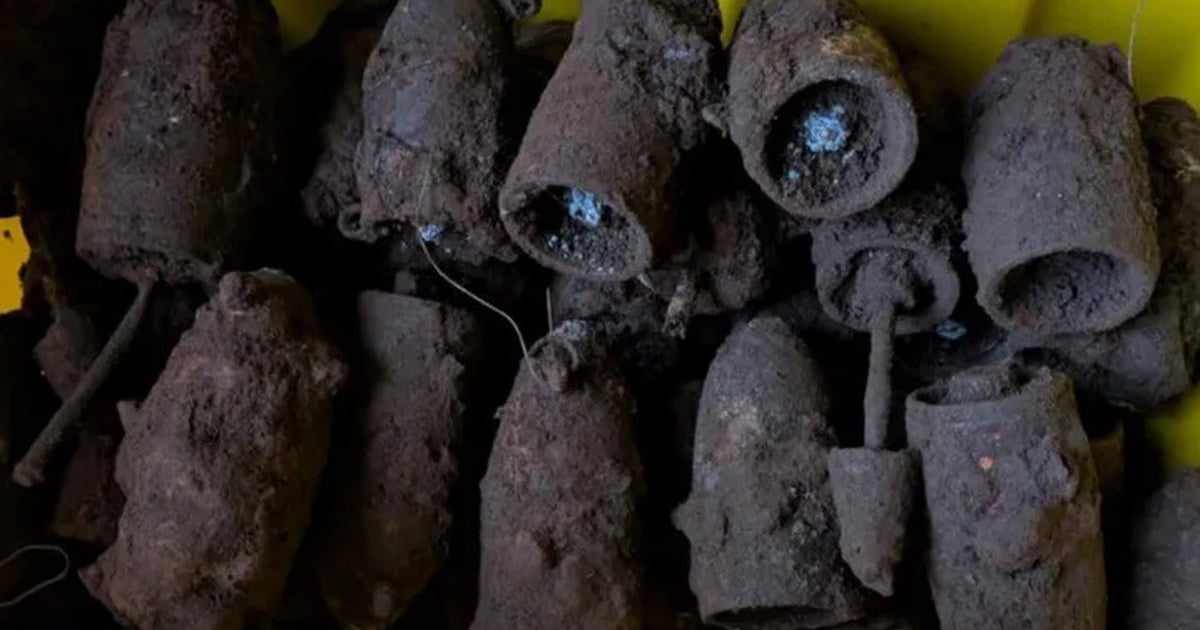







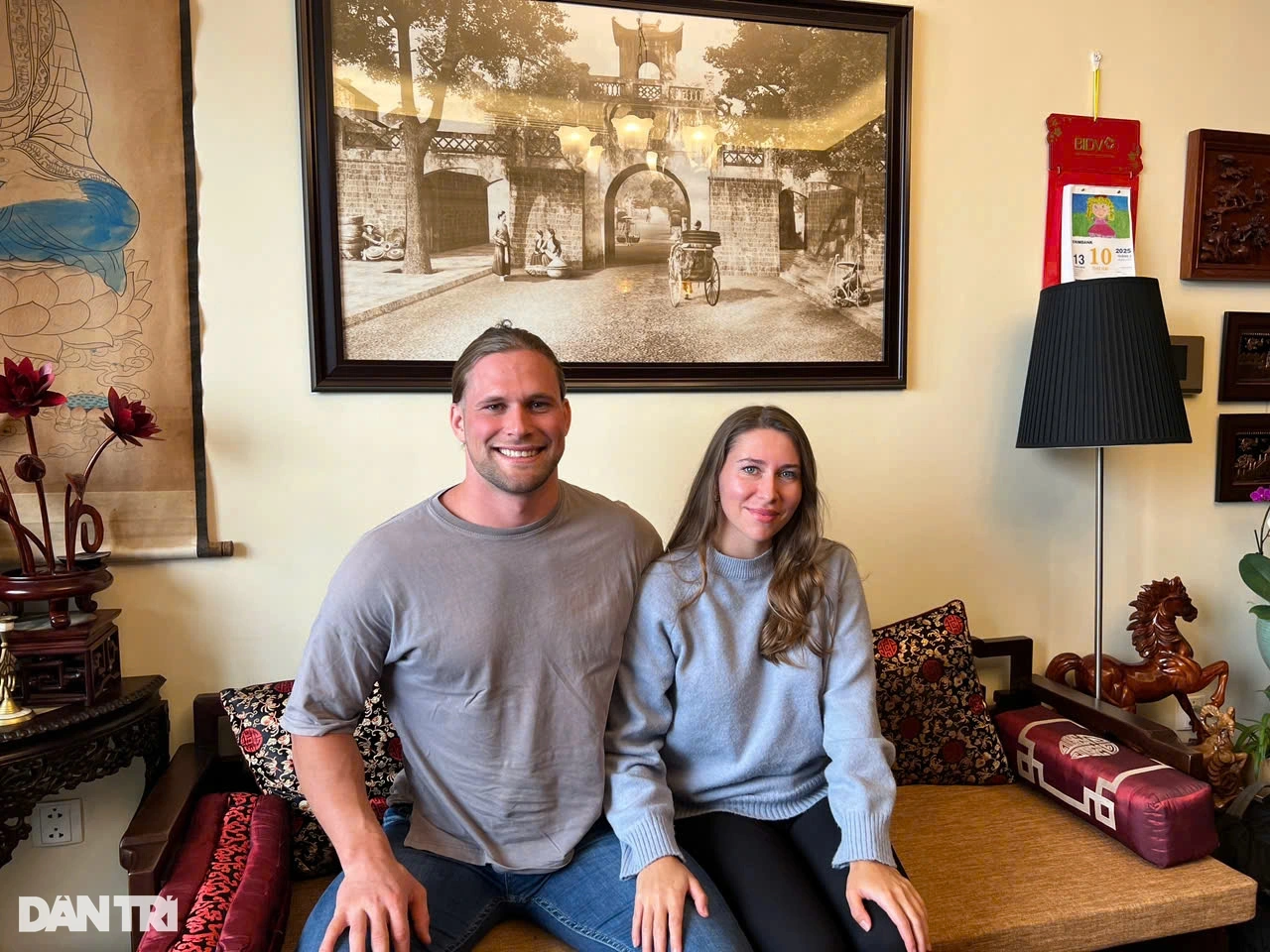

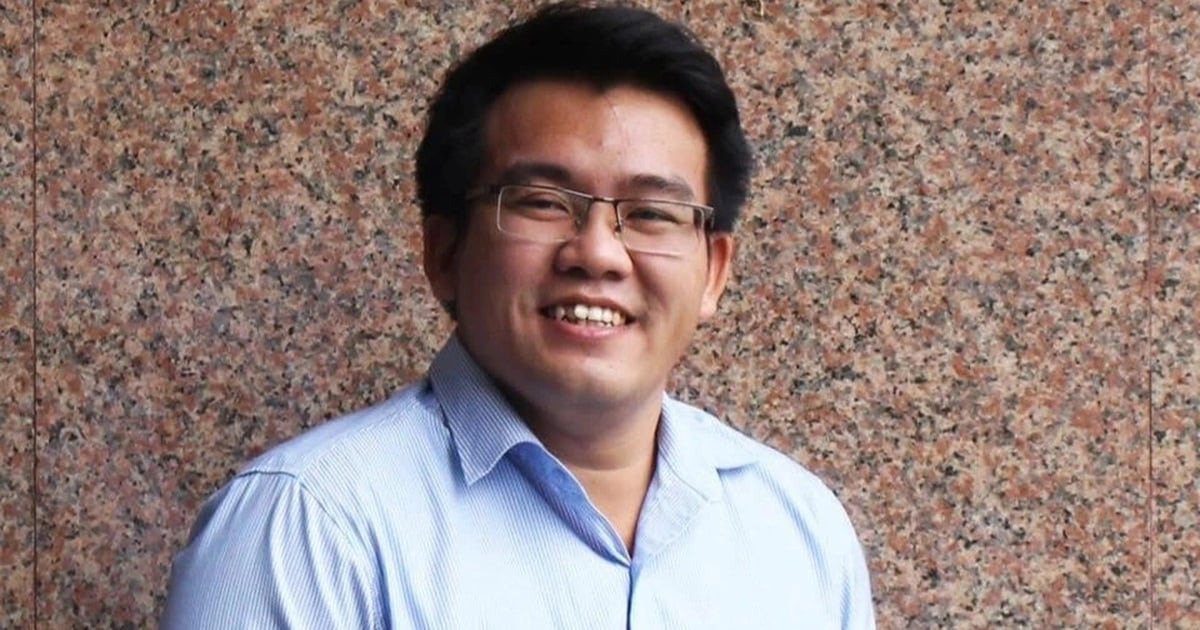







Comment (0)